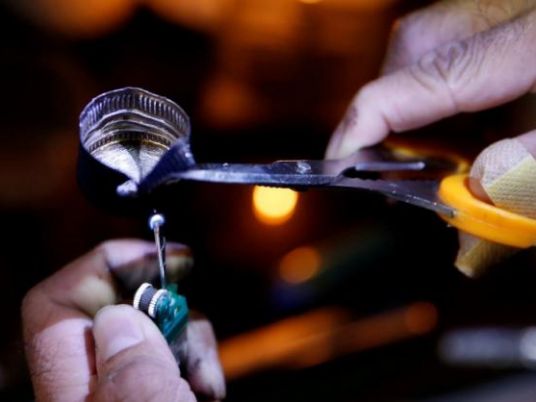
Scientists have identified a key gene used by poppies to make morphine, paving the way for better methods of producing the medically important drug, potentially without the need for cultivating poppy fields.
The latest finding follows recent success in engineering brewer's yeast to synthesize opiates such as morphine and codeine from a common sugar, boosting the prospect of "home-brew" drug supply.
But whether making morphine in bubbling vats of yeast will be commercially viable — either for drug companies or criminal gangs — is far from certain, since poppies are very efficient natural factories.
"Poppies are not going to be displaced overnight by any stretch of the imagination," said Ian Graham, a professor at the University of York, who worked on the latest gene discovery.
While extracting opiates from genetically engineered yeast is now a real possibility, he sees more immediate benefits from applying the latest knowledge to developing better poppy plants.
"Having our hands on this gene allows us to develop molecular breeding approaches to creating bespoke poppy varieties that make different compounds," he told Reuters.
That could lead to agricultural production of drugs such as noscapine, a cough-suppressant that may also fight cancer, as well as improved plant strains with higher yields of morphine.
The University of York team worked on the project with scientists from GlaxoSmithKline. The drugmaker has long been a major supplier of opiates but agreed in March to sell its Australian-based business to India's Sun Pharmaceutical Industries.
US$12 billion sales
For centuries, opiates have been the go-to drugs for pain relief and they remain the most potent treatments for severe pain, generating global prescription sales of around $12 billion annually.
Morphine and codeine are used directly as painkillers while a third compound, thebaine, is a starting-point for semi-synthetic opiates, including oxycodone and hydrocodone.
The molecular structure of these drugs is so complex that chemists have never been able to produce them from off-the-shelf components. But understanding the genetics means it is now possible to engineer a microbe like yeast to do the job.
The discovery of the so-called STORR gene by Graham and colleagues, reported in the journal Science on Thursday, provides the missing piece in the biosynthesis puzzle.
The gene plays a vital role in the back-to-back steps in the plants' morphine-producing pathway by converting a compound known as (S)-reticuline into a variation called (R)-reticuline.

